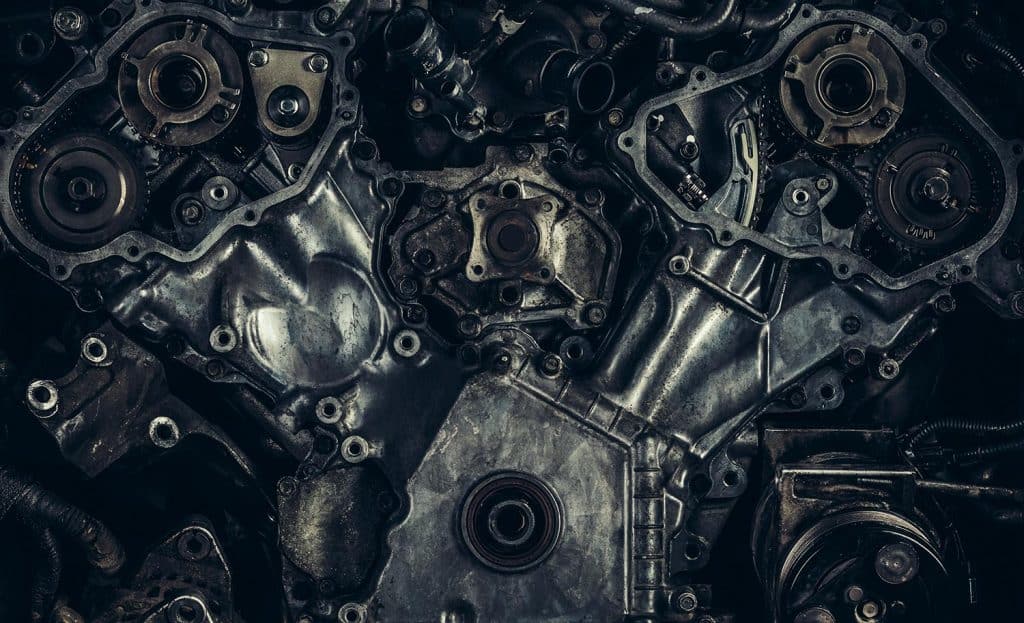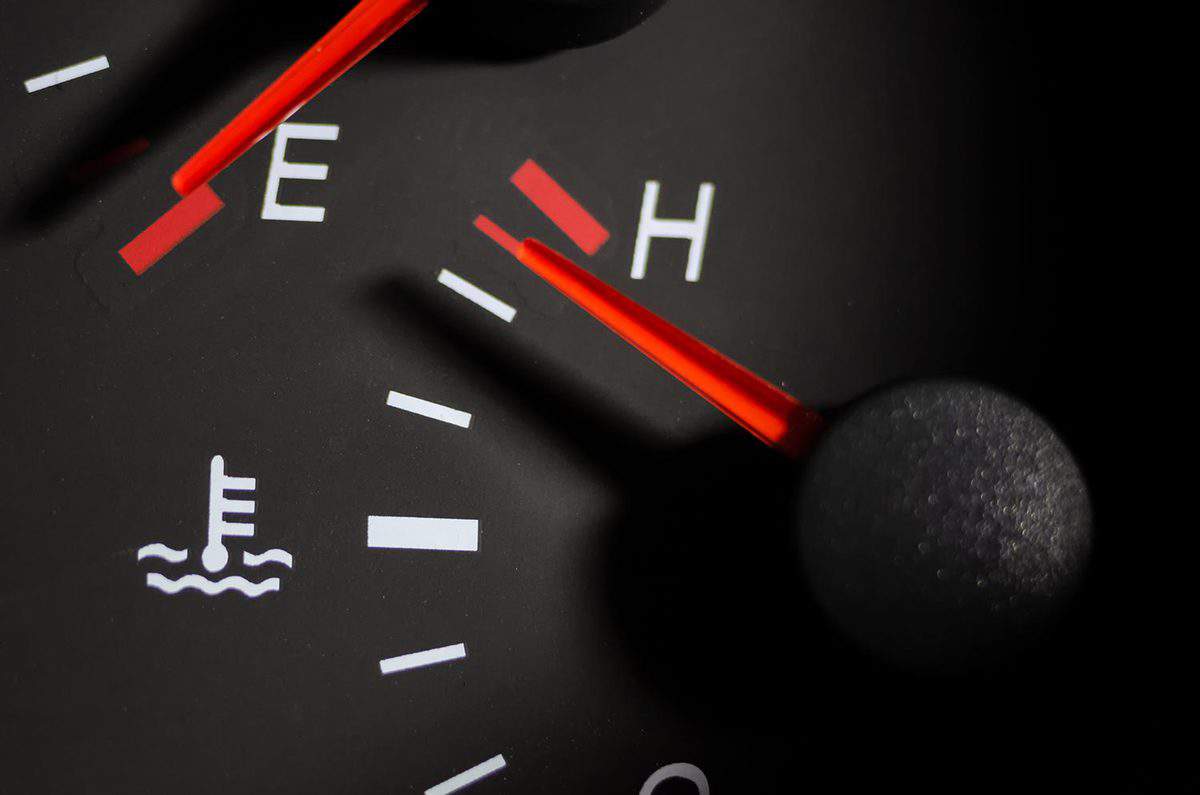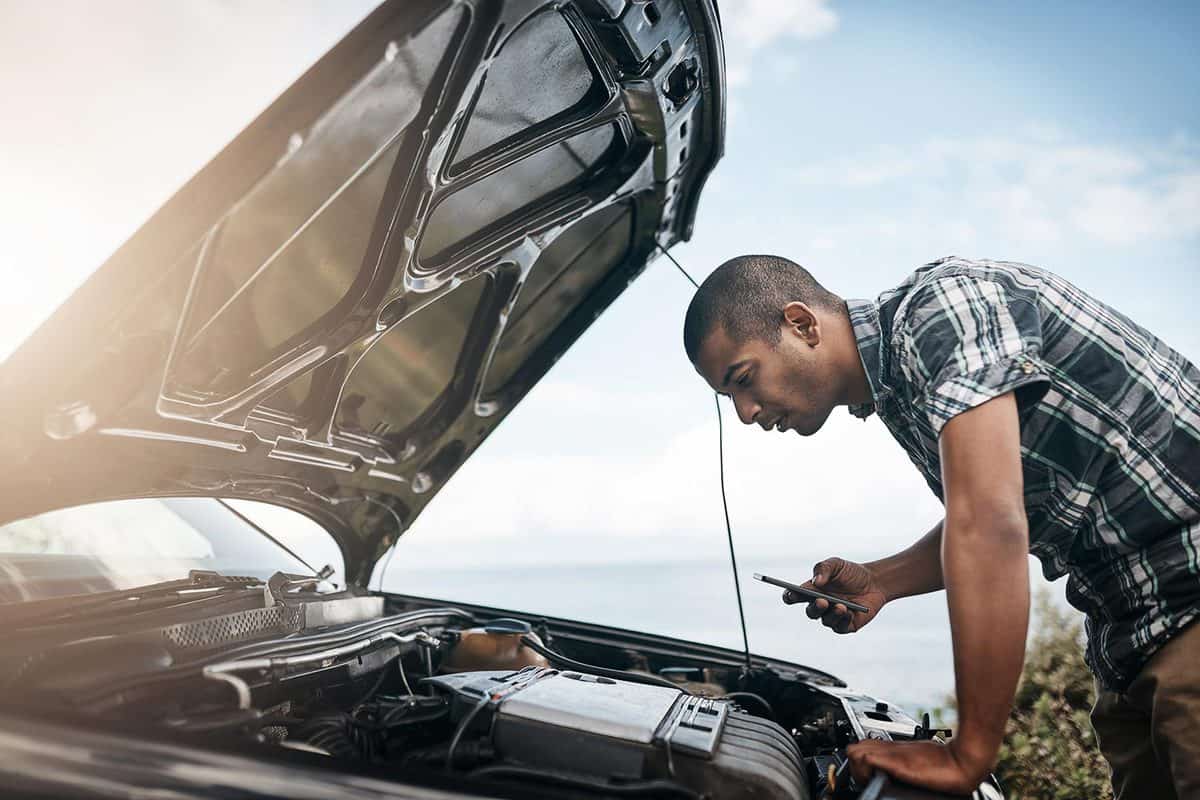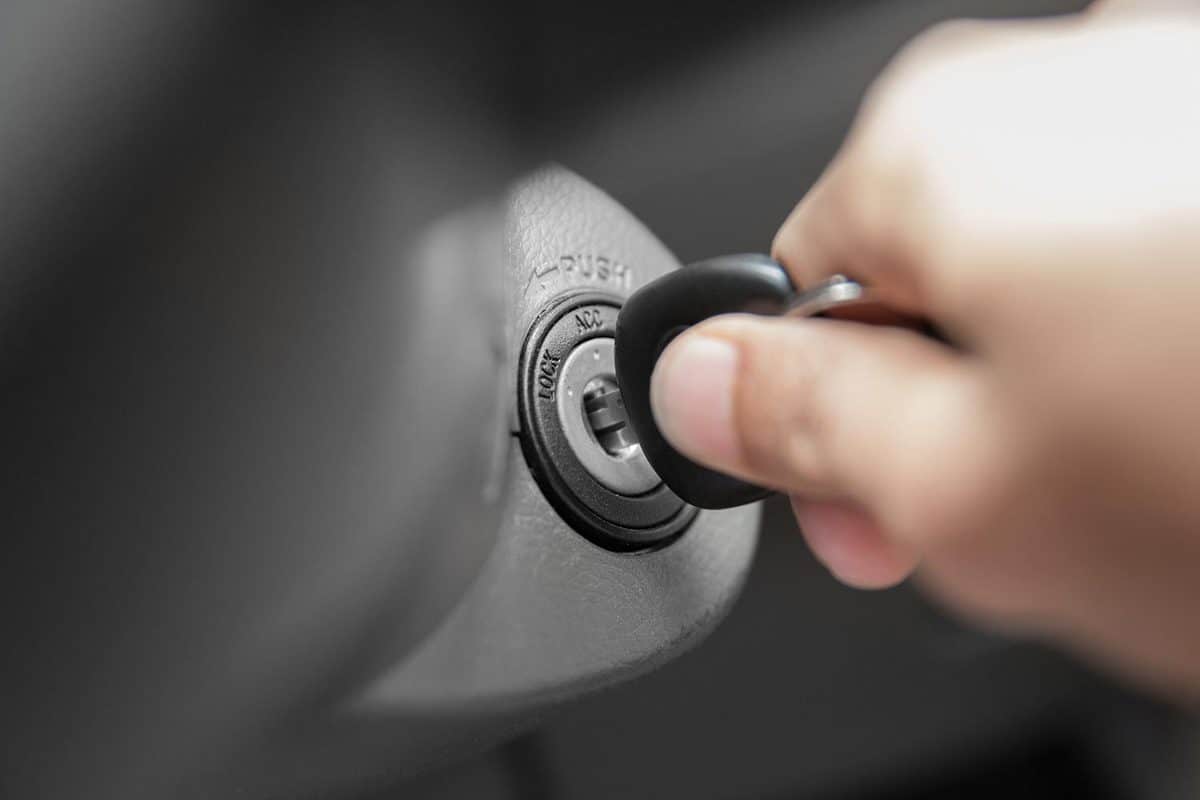Your vehicle's dashboard has a series of warning lights that illuminate whenever something needs to be brought to your attention. Some of them indicate issues that are much more time-sensitive than others. If your oil light comes on suddenly and you want to know if it's safe to continue driving your car, we can help you. We researched this issue from multiple professional sources so that you'll know for sure what to do.
Continuing to drive a vehicle after the check oil light comes on will potentially damage the engine. If the check oil light comes on, it's strongly recommended to park your vehicle in a safe place until you figure out what the problem is.
Now that we know you shouldn't continue to drive your vehicle when the check oil light comes on, we'll take a look at why this light will illuminate to begin with. You might also wonder how much it will cost to change an oil pump or why the light will come on when the oil level is full. For the answers to these questions and more, read ahead in this post to see what we've uncovered in our research.
![Oil light on car dashboard, Can You Drive With The Oil Light On [And How Far]?](https://vehq.com/wp-content/uploads/2022/04/Can-You-Drive-With-The-Oil-Light-On-And-How-Far.png)
Why does the oil light come on, to begin with?
Like with any warning light, there are multiple reasons why your check oil light has been illuminated. Some are quick and easy fixes, while others will take a good amount of labor. Here, we'll look at each reason so that you can troubleshoot and get your vehicle safely back on the road as soon as possible.
The vehicle is low on oil
The check oil light will begin to glow whenever your vehicle is low on oil. Motor oil is vital to your engine's performance and longevity. It's important to understand that even though you don't burn motor oil like you do gasoline, the oil level will still decrease over time.
Unless you have a leak or an engine that likes to burn oil, a regularly scheduled oil change will prevent the light from coming on for this reason. But regardless of how often you have the oil changed in your engine, checking your oil level should be the first thing you do whenever you see the check oil light come on.
This can be done with a rag. Pull the oil dipstick out and wipe it on a rag. Reinsert the dipstick and pull it out to see the oil level on the stick. If it is at or below the "add oil" mark, then you need to get the oil changed as soon as possible. Adding a bit to a low crankcase should be enough to get you by until you're at the shop.
The oil in the engine is dirty
While you're checking the dipstick for the oil level, look at the color of the oil. It will be an amber color if it's clean like it should be. The oil will also be runny.
Dirty oil results from not changing your oil and oil filter regularly. Over time, the engine will collect dirt and other debris that the oil absorbs as it lubricates the engine. This causes the oil to become a bit sludgy.
So, if the oil is dark or you notice bits of sludge in it whenever you pull out the dipstick, you need to get the oil changed immediately.
The oil pressure sensor is faulty
Having enough clean oil in your engine isn't enough to keep the light from coming on. The vehicle still has to have a way to pump the oil, though. If you have determined that your oil is at the proper level and isn't sludgy, the problem is either the oil pressure sensor or the oil pump.
Take your vehicle to a mechanic so that they can check the oil pressure sensor. If this is the issue, it's a quick fix. But if the sensor is working correctly, it's most likely the oil pump.
The oil pump needs to be replaced
Without a working oil pump, your engine won't be able to circulate the oil. This will make the engine overheat, creating a whole series of other issues that could result in your engine block cracking.
If the other issues we listed above aren't why the check oil light is on, it will be time to replace your oil pump. Unless you have the proper tools and experience, we recommend using a trusted local mechanic or a dealership for this job.
How much does it cost to change an oil pump?
Replacing a faulty oil pump is undoubtedly cheaper than replacing the engine. But it can still put a bit of strain on your wallet.
Repair Pal tells us that, on average, it costs between $1,151 and $1,357 to replace an oil pump. The part itself is typically under $400. But the labor for this project is a bit arduous. Doing it yourself will save you money, though we don't recommend it if you aren't well-versed in vehicle repair.
Remember that these costs are only an average and do not include any sales taxes.

What are the signs that an oil pump is failing?
As we discussed earlier in this post, the check oil light will glow for several reasons. One such reason is if the oil pump is failing. However, there are other signs that your oil pump needs to be replaced.
The engine is running too hot
Without enough oil circulating throughout your engine, it will begin to heat up. The purpose of the oil is to lubricate all of the moving parts within the engine and keep friction from raising the temperature too much.
You have a temperature gauge on your dash. If it is running in the red, it could mean that you have a faulty oil pump. This could happen before the check oil light comes on. Should you notice that your engine temp is higher than it should be, it's best to get it inspected by a professional as soon as you can.

You hear loud noises from under the hood
An engine that isn't getting proper lubrication will not only run hot but will possibly be making unusual noises. You'll hear these coming from under the hood. Sometimes these noises will help you determine if your oil pump is behind them.
With the engine idling, pop open the hood and listen. If it seems louder than usual, you might have a failing pump. This is especially true if it sounds like metal grinding against metal.

The vehicle won't start
If the oil pump is entirely shot, you might not even be able to turn the engine over. Some newer model vehicles have the oil pump sensor tied directly into the ignition switch. This prevents you from driving the vehicle when it cannot correctly circulate engine oil.

In conclusion
Motor oil is the fluid that keeps your engine running smoothly, allowing it to stay safely on the road. Have the engine oil changed regularly and routinely check older vehicles for oil leaks. Never continue driving your car if the check oil light begins to glow, as it could result in severe damage to your engine. Drive safe!
If you found this automotive post to be helpful, we believe you'll get some great information from the following articles:
Car Radio And Windows Not Working—What’s Wrong?
Truck Won’t Start Just Clicks—What Could Be Wrong? [6 Reasons Explored]
